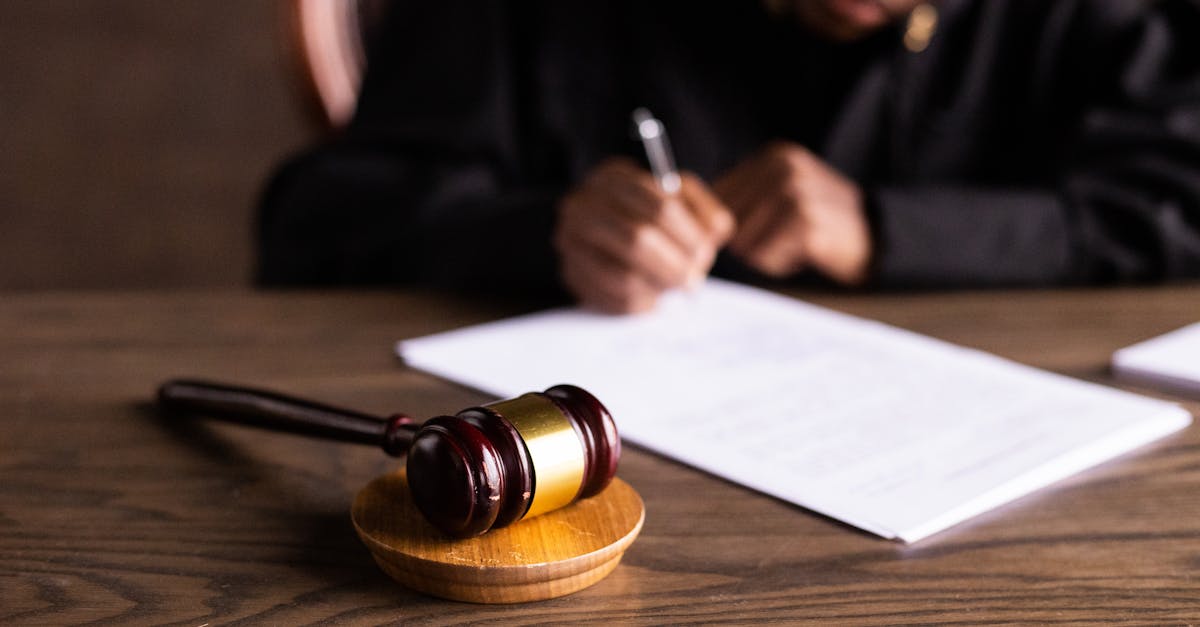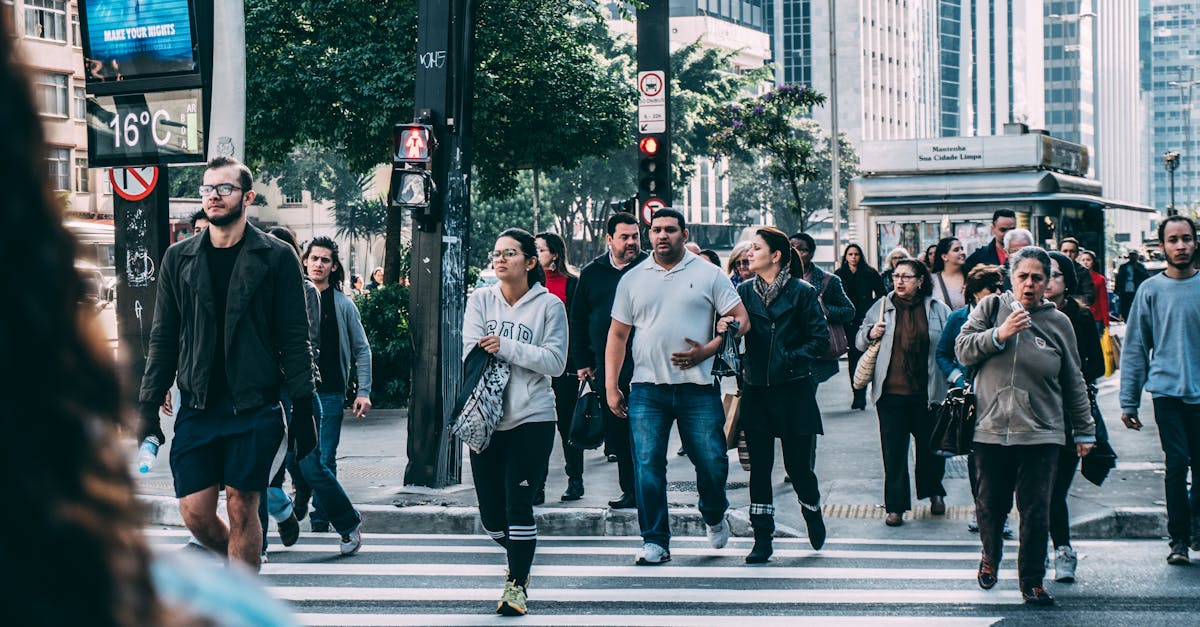
Representation in court
At Markhoff and Mittman - Goshen, we understand that navigating the legal system can be daunting, especially when it comes to personal injury cases. Our dedicated team of attorneys is committed to providing exceptional representation in court, ensuring that our clients' rights are fiercely protected. With years of experience and a deep understanding of personal injury law, we prepare each case meticulously, presenting compelling evidence and strong arguments to advocate for the best possible outcomes. Whether negotiating with insurance companies or litigating in front of a judge and jury, our priority is to secure the compensation our clients deserve while alleviating the stress of the legal process. You can trust us to be your relentless ally in the pursuit of justice.
Understanding the Court Process for Personal Injury Claims
Navigating the court process for personal injury claims requires a clear understanding of the various stages involved. It begins with the filing of a complaint, detailing the injury and the underlying circumstances. Following this, the defendant is served with the complaint and must respond, typically leading to the discovery phase where both parties exchange evidence. This phase is crucial, as it lays the groundwork for what can be presented in court.
Once discovery is complete, the case may go to trial if a settlement is not reached. This phase involves jury selection, opening statements, witness testimonies, and closing arguments. The outcome hinges on the strength of the evidence presented and the persuasiveness of each side's argument. Understanding these steps can significantly impact the effectiveness of a legal strategy and ultimately the results of the claim.
StepbyStep Breakdown of Court Proceedings
The court proceedings for personal injury claims typically begin with the filing of a complaint, which outlines the plaintiff’s case against the defendant. After the complaint is filed, the defendant has a specified time to respond. If the defendant denies the allegations or fails to respond, the plaintiff may seek a default judgment. Once both parties have exchanged initial pleadings, the discovery process commences, allowing each side to gather information from the other. This phase often involves depositions, interrogatories, and requests for documents, which helps both parties prepare for trial.
As the trial date approaches, pre-trial motions may be filed to resolve certain issues or limit the scope of evidence that can be presented. Attorneys will often engage in settlement negotiations, aiming to reach an agreement before entering the courtroom. If the case proceeds to trial, jury selection occurs first, followed by the presentation of evidence and witness testimony. Each side delivers opening statements and closing arguments, encapsulating their positions in a structured manner. The judge then provides instructions to the jury on the legal standards necessary to reach a verdict.
Evidence Gathering for Personal Injury Cases
Collecting evidence is a crucial aspect of personal injury cases. Documentation plays a significant role in establishing the validity of a claim. This includes medical records, photographs of the accident scene, and any eyewitness accounts. The objective is to create a comprehensive narrative that clearly portrays the circumstances surrounding the incident. Retaining all relevant paperwork can help support the case when it reaches the courtroom.
Witness testimony can enhance the strength of a personal injury claim. Individuals who observed the incident or its aftermath can provide firsthand accounts that corroborate the injured party's version of events. Their statements may offer key insights into the negligence or wrongdoing of the other party involved. Ensuring that witnesses are available and willing to testify can significantly bolster the case presented in court.
Importance of Documentation and Witnesses
Documentation plays a crucial role in personal injury cases. Gathering relevant records enhances the credibility of a claim and provides tangible support for the injuries sustained. This evidence can include medical records, accident reports, and photographs of the scene. The more thorough the documentation, the stronger the case becomes in front of a judge or jury.
Witnesses can significantly impact the outcome of a trial. Eyewitness testimony can corroborate the events surrounding an incident, helping to establish liability. Their accounts may clarify details that are otherwise disputed. Together with well-organized documentation, credible witness testimony builds a comprehensive narrative that strengthens the case and aids in achieving a favorable outcome in court.
The Impact of Insurance Companies in Court
Insurance companies play a significant role during court proceedings related to personal injury claims. They often employ a variety of tactics to mitigate their financial liability. Adjusters may downplay the extent of injuries or question the legitimacy of claims. Alternatively, they often present favorable narratives that can sway public perception, potentially impacting the jury's view. Their strategies can range from offering quick settlements to aggressively contesting claims, further complicating the legal process for the injured party.
Navigating interactions with insurance companies becomes crucial for personal injury attorneys and their clients. An attorney must be prepared to counter the tactics employed by these companies effectively. This involves thorough preparation, including gathering substantial evidence and witness testimonies. Armed with detailed documentation, attorneys can demonstrate the validity of a claim, ensuring that clients receive a fair evaluation of their damages. Effective communication and a clear understanding of the insurance landscape are essential to handle disputes and negotiate settlements.
Strategies for Dealing with Insurance Adjusters
Navigating conversations with insurance adjusters requires careful preparation and a clear understanding of your case. Gather all relevant documents to support your claim, including medical records, repair estimates, and photographs of the accident scene. Being organized enhances your credibility and provides a solid foundation for negotiation, making it harder for adjusters to undermine your position.
Building a rapport with the adjuster can facilitate more productive discussions. Approach interactions with professionalism while clearly articulating your needs and expectations. Remain calm and assertive, knowing that adjusters may attempt to minimize your claim or pressure you to settle quickly. Consistent communication, combined with a firm understanding of your rights, empowers you to advocate effectively for the compensation you deserve.
FAQS
What is the role of a lawyer in personal injury court cases?
A lawyer represents the injured party, helping them navigate the legal process, gather evidence, negotiate with insurance companies, and present their case effectively in court.
How long does a personal injury case typically take to resolve in court?
The duration of a personal injury case can vary widely depending on the complexity of the case, the willingness of both parties to negotiate, and the court's schedule, but it often takes several months to a few years.
What types of evidence are most important in a personal injury lawsuit?
Key types of evidence include medical records, photographs of the accident scene, witness statements, police reports, and any documentation that supports the claim for damages.
How do insurance companies influence personal injury cases in court?
Insurance companies often play a significant role by evaluating claims, providing settlement offers, and, if necessary, defending against lawsuits. Their tactics can impact the outcome of a case.
Can I represent myself in a personal injury case, or should I hire a lawyer?
While you can represent yourself, hiring a lawyer is highly recommended due to the complexities of legal procedures, evidence gathering, and negotiations with insurance companies, which can significantly impact your case's outcome.
